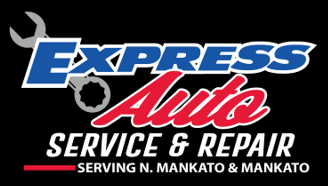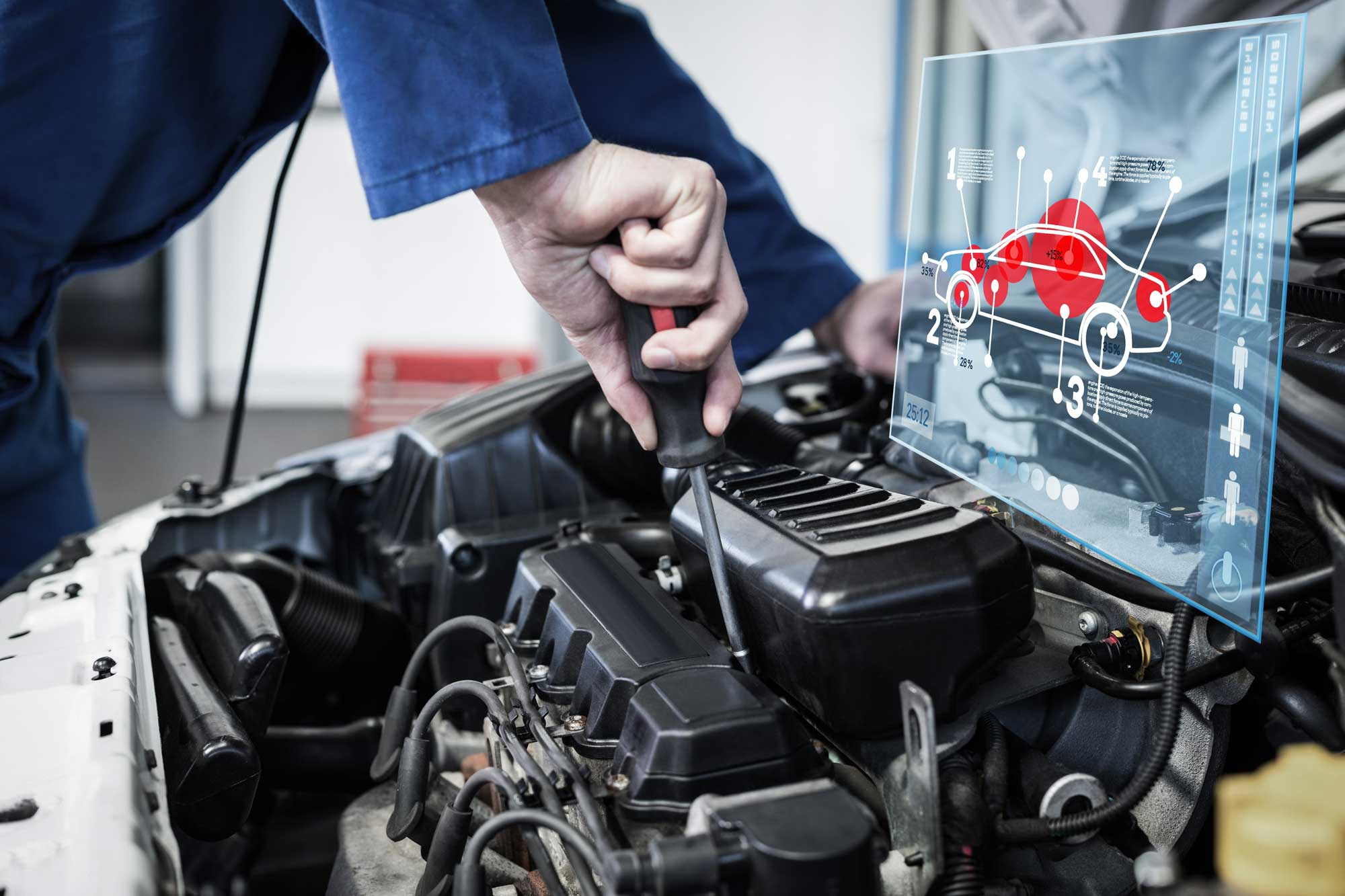What are the Symptoms of a Bad Radiator?
Well, summer is about over and we’re heading into the cooler days of fall. Summer’s hot temperatures were hard on your vehicle so make sure it ready to face the cold weather to come by scheduling a radiator repair service. Don’t wait until you notice the symptoms of a bad radiator before you take action. You can prevent a breakdown caused by an overheating engine, even in the middle of winter.
What are the symptoms of a bad radiator? Here are three common problems:
- A hot engine – Overheating will occur when the coolant cannot get to where it needs to go to cool the engine. The hoses could be clogged, or the level of coolant is too low. If this is happening, there should be a warning light on the dashboard, or the temperature gauge will rise to the hot zone. Get your car off the road immediately to prevent damaging your engine.
- Coolant leak – If you see a puddle on the garage floor or notice the smell of antifreeze, there may be a cracked hose or the radiator is corroded with rust. Radiator hoses and clamps are subject to normal wear and should be inspected frequently.
- Smoke – If there is smoke coming from under the hood, it may simply be coolant that has leaked onto the motor and is being burnt off. However, smoke coming from the muffler could mean that the head gasket has been damaged by the engine overheating.
Routine radiator repair services are important. Ask to have the hoses and radiator unit inspected to make sure there is no leaking, and that the antifreeze/water mixture is still effective. The coolant level may simply need to be topped off, or a flush of the cooling system may be recommended.
Worried about a pending radiator repair? Contact our ASE-certified technicians today at Express Auto Service & Repair for more information about the symptoms of a bad radiator and to schedule an appointment. Our auto shop serves vehicle owners in Mankato, MN, and the neighboring communities of North Mankato, MN, New Ulm, MN, and St. Peter, MN.
what are the signs of a bad radiator? Make an appointment with your mechanic as soon as possible so you don’t find yourself having to replace your radiator.
Well, summer is about over and we’re heading into the cooler days of fall. Summer’s hot temperatures were hard on your vehicle so make sure it ready to face the cold weather to come by scheduling a radiator repair service. Don’t wait until you notice the symptoms of a bad radiator before you take action. You can prevent a breakdown caused by an overheating engine, even in the middle of winter.
What are the symptoms of a bad radiator? Here are three common problems:
- A hot engine – Overheating will occur when the coolant cannot get to where it needs to go to cool the engine. The hoses could be clogged, or the level of coolant is too low. If this is happening, there should be a warning light on the dashboard, or the temperature gauge will rise to the hot zone. Get your car off the road immediately to prevent damaging your engine.
- Coolant leak – If you see a puddle on the garage floor or notice the smell of antifreeze, there may be a cracked hose or the radiator is corroded with rust. Radiator hoses and clamps are subject to normal wear and should be inspected frequently.
- Smoke – If there is smoke coming from under the hood, it may simply be coolant that has leaked onto the motor and is being burnt off. However, smoke coming from the muffler could mean that the head gasket has been damaged by the engine overheating.
Routine radiator repair services are important. Ask to have the hoses and radiator unit inspected to make sure there is no leaking, and that the antifreeze/water mixture is still effective. The coolant level may simply need to be topped off, or a flush of the cooling system may be recommended.
Worried about a pending radiator repair? Contact our ASE-certified technicians today at Express Auto Service & Repair for more information about the symptoms of a bad radiator and to schedule an appointment. Our auto shop serves vehicle owners in Mankato, MN, and the neighboring communities of North Mankato, MN, New Ulm, MN, and St. Peter, MN.


